The History of Plano Roads
If you live in Plano, you probably spend a fair amount of time in the car. But did you ever stop to think about the origins of the street names that you pass along the way?
Preston Road may be the best-known road in all of North Texas. It lies along part of a former Indian trail that once stretched from present-day St. Louis through the heart of Texas. In the 19th century, the route was part of the famous Shawnee Trail on which cattlemen drove their herds to rail stations in Missouri.
In the 1840s, the Republic of Texas commissioned a trading post on the Red River that later became the small town of Preston. Today, most of the original town lies beneath Lake Texoma. However, its name lives on. According to a 2013 Dallas Morning News article, there are at least 63 Dallas-area streets and more than 150 different businesses, churches and schools using some form of the word Preston.
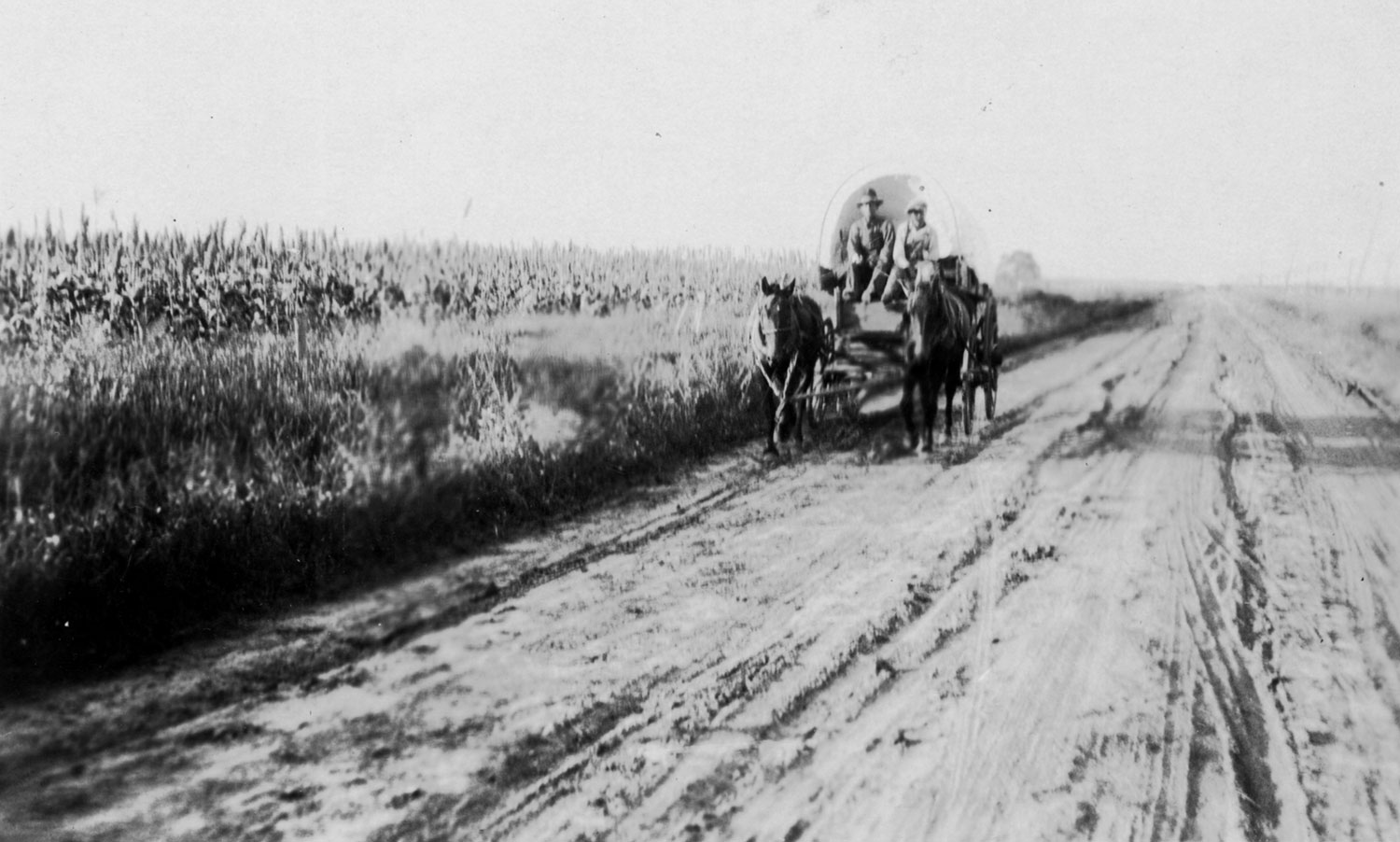
Coit Road is named after one of the area’s early settlers. Henry William Coit’s family lived on a 320-acre farm that straddled the Dallas/Collin County line near Renner, about six miles from Downtown Plano. In the 1920s, Dallas County Commissioner J.W. Slaughter promised Coit an airline road if he could help secure the right-of-way. Coit did, and the road was named for him.
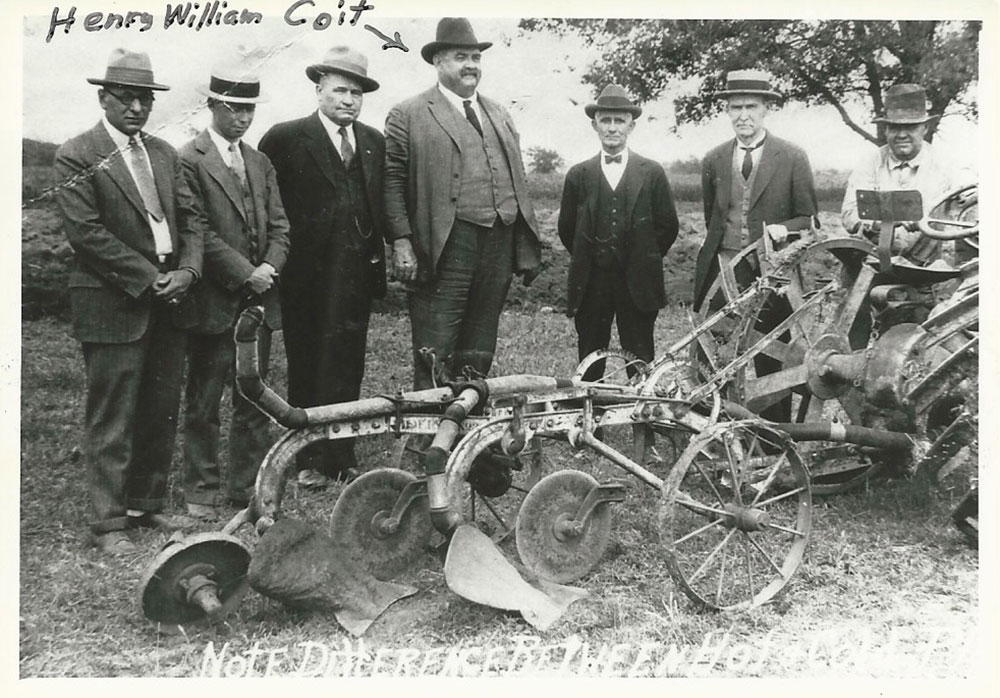
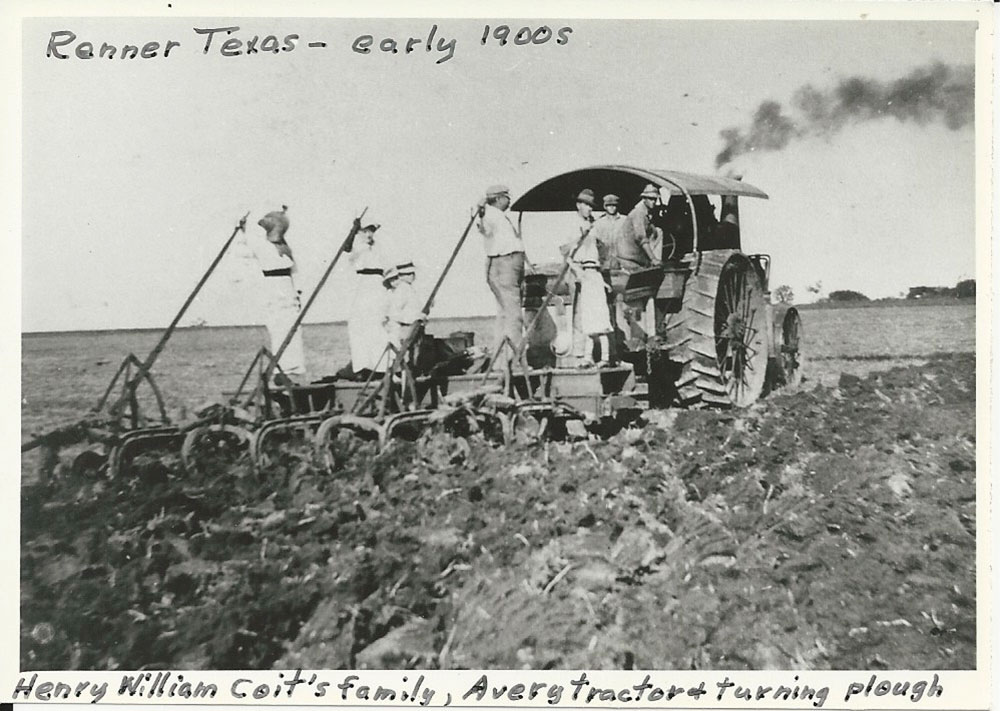
Hedgcoxe Road is named after Henry Oliver Hedgcoxe, an early settler best remembered for setting off an uprising. In 1852 members of William S. Peters and Associates which had established a colony here in the 1840s, became fed up with Hedgcoxe’s behavior. Approximately 75 of them stormed his office, stole his records and burned them. However, what would become known as the “Hedgcoxe War” ended without a shot as Henry Oliver escaped and was never seen in these parts again.
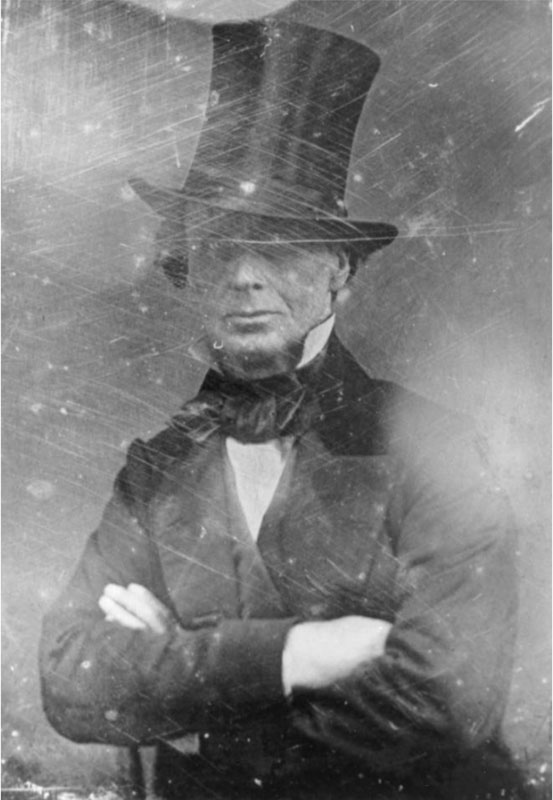
The origins of Custer Road are a bit murkier. The road originated in Richardson in the first half of the 20th century, and followed the growth of Collin County north. It is often assumed that is was named for the infamous General Custer of Wounded Knee fame. However, it may have actually been named for Collin County’s first sheriff.
King S. Custer served from 1846-1848, back when the county seat was in the former town of Buckner, four miles northwest of McKinney. He immigrated to Dallas County from Illinois in the 1840s as part of the Bird’s Fort Company. He later returned to Illinois where he died and was buried in the Carrollton, Illinois City Cemetery.
The history of Legacy Drive is a lot easier to trace. The east-west thoroughfare was originally named Carpenter Road in honor of one of Plano’s earliest families. In 1852 Robert Washington Carpenter came to Texas with $900 he inherited from his father. He fathered nine children and was instrumental in the formation of Bethany Christian Church and Add-Ran College (which later became Texas Christian University). Carpenter Middle School is named for him.
While those contributions may seem worthy of a street name, apparently not everyone was impressed. In 1986 Ross Perot’s Electronic Data Systems was developing a 2,400-acre office park in Northwest Plano known as The Legacy. Company officials asked City Council to change the name of the road leading to their new development. The Council agreed despite the strenuous objections of Carpenter’s descendants.
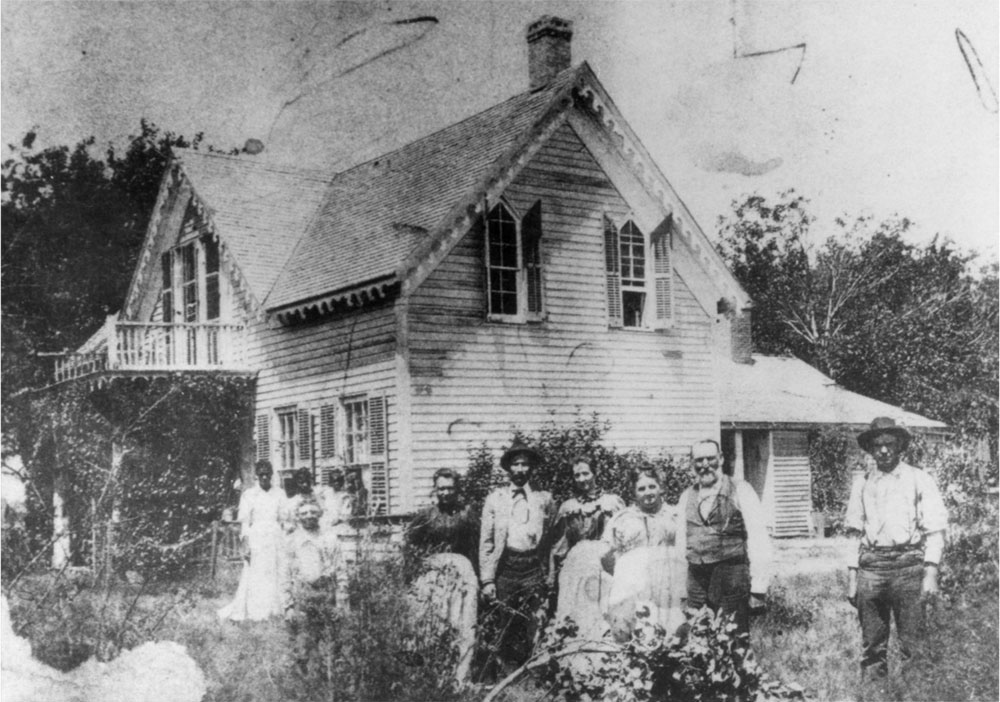
Plano Parkway was originally known as Dallas North Parkway. However, as Dallas North Tollway inched closer to Plano, confusion began to mount. Plano City Council changed the name in August 1979.
The most ambitious name-changing project in Plano occurred downtown in 1948. Before then, K Avenue was known as Main Street, and was part of a larger national route known as King of Trails Highway. Other downtown streets were named after families, businesses or local landmarks including Mechanic Street (15th), Church (M Avenue north of 14th) and Mill (I Avenue south of 15th).
When the U.S. Postal Service began implementing door-to-door service, it requested a more efficient street-name system. Mayor A.R. Schell Jr.’s son, A.R. Schell III, apparently came up with the current letter and number configuration. He is said to have gotten the idea from Tulsa, where his wife hailed from.
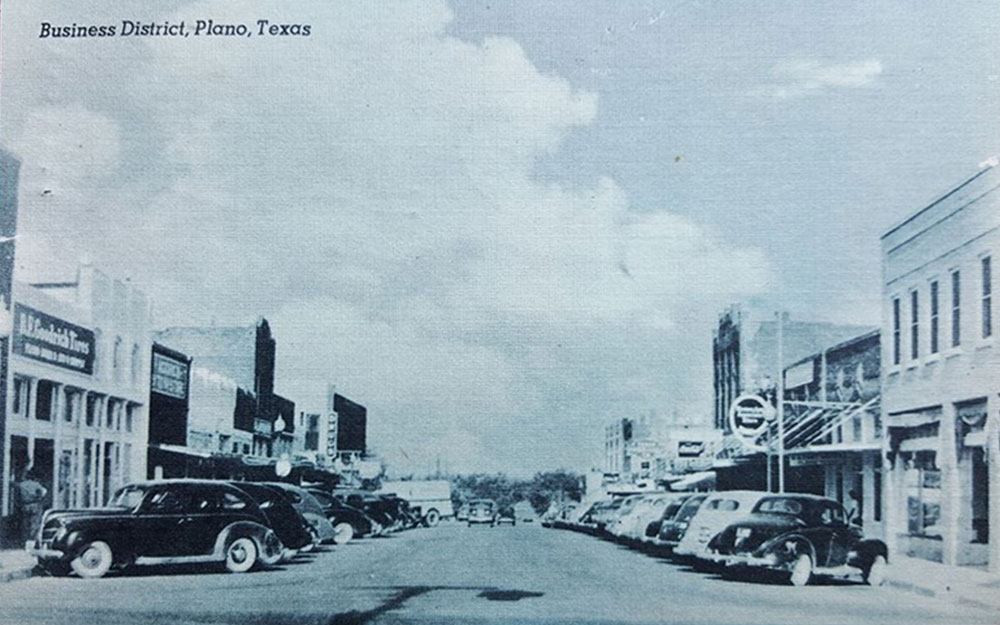
Special thanks to Cheryl Smith and John Brooks as well as Stacey Davis and her team at the Richardson Library for helping track down some of these details. See more historical Plano photos at the link to the Genealogy Center below:

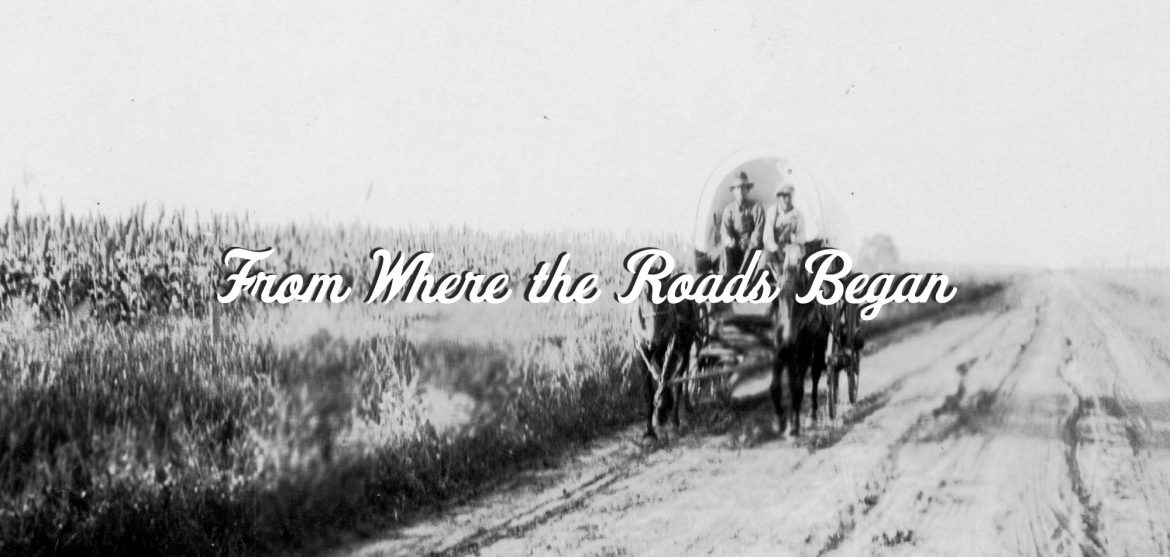
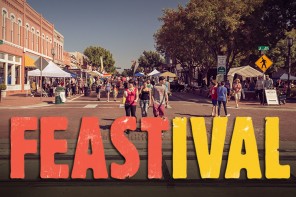


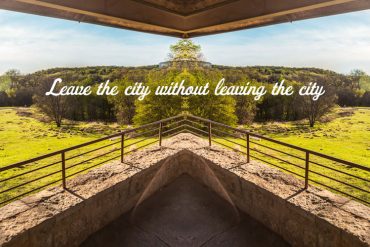
From the article: “It is often assumed that it (Custer Rd) was named for the infamous General Custer of Wounded Knee fame. ”
General Custer died long before Wounded Knee, at the Little Bighorn.
Thanks for info. How did we get spring creek parkway as our house sits in area of fox and Jacobs built in 70s.